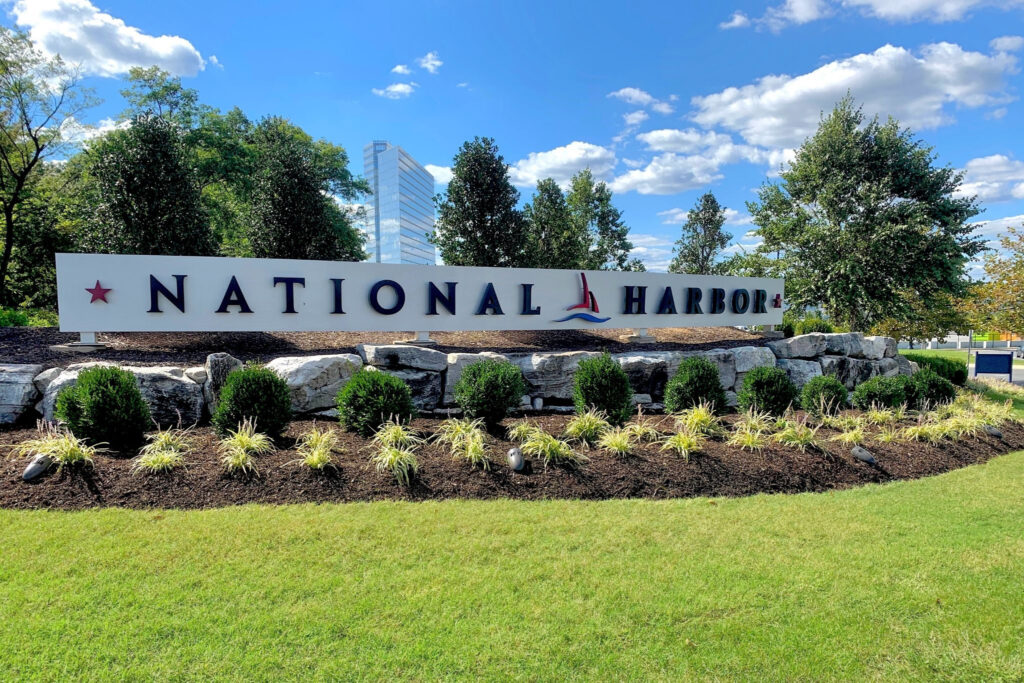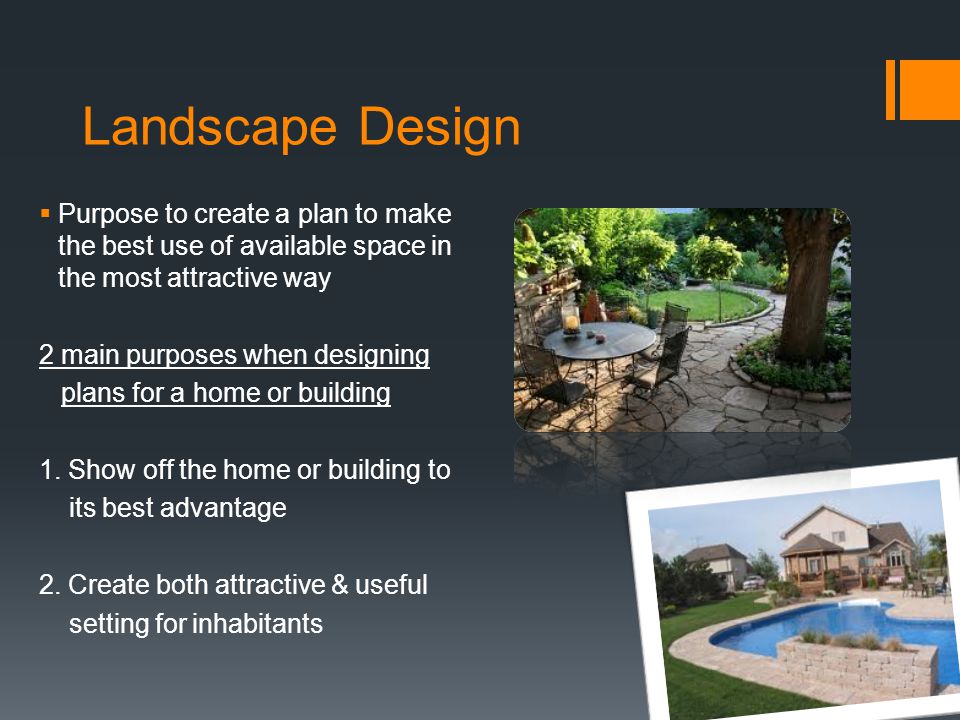The Only Guide for Hilton Head Landscapes
Table of ContentsThe 8-Second Trick For Hilton Head Landscapes6 Easy Facts About Hilton Head Landscapes ExplainedHilton Head Landscapes Things To Know Before You Get ThisAn Unbiased View of Hilton Head LandscapesAll About Hilton Head LandscapesUnknown Facts About Hilton Head LandscapesSome Known Incorrect Statements About Hilton Head Landscapes The smart Trick of Hilton Head Landscapes That Nobody is Discussing
Kind compatibility is additionally a major component of unity in designone or two strikingly various types are good for contrast and emphasis, yet normally all other forms should have some similarities for a linked look. Appearance describes just how rugged or fine the surface of the plant or hardscape material really feels and/or looks.
Examples of plants with crude appearance include philodendrons, agaves, bromeliads, hollies, hands, and hydrangeas. Qualities that create great texture consist of tiny vegetation; thin, strappy fallen leaves (turfs) or high, thin stems; little, dense branches and small branches; long stems (creeping plants); and tiny, delicate flowers.
What Does Hilton Head Landscapes Mean?
Most plants are medium appearance, in that they can not be defined as having either crude or fine appearance. They are defined by medium-sized fallen leaves with simple forms and smooth sides. The average-sized branches are not largely spaced neither commonly spaced, and the total form is commonly rounded or mounding. Medium-textured plants function as a background to link and combine the crude- and fine-textured plants.

To make an area feel smaller, position the coarse textures along the outer border and the fine structures closest to the customer. The detail of the crude structure makes the plants appear closer and makes the area feel smaller. The perceived appearance of plants can also alter with the range from the plant.
A Biased View of Hilton Head Landscapes
Vibrant shades boost the contrast and make the texture appear coarser, while low-key colors can squash structure. Hardscape with a coarse texturesuch as really rough rocks and bold, huge timberstends to make all plant material show up more medium distinctive. Designers frequently create a structure research (Number 8) theoretically to help choose the plan of plant materials.
Number 8. Structure research study. Color in plant product and hardscape adds passion and variety to the landscape. Shade is the most obvious component in the landscape and is normally the focus of a lot of homeowners; however, it is likewise one of the most momentary component, normally lasting just a few weeks a year for private plants.
Indicators on Hilton Head Landscapes You Should Know
An easy summary of the shade wheel consists of the 3 primaries of red, blue, and yellow; the three additional shades (a mix of 2 primaries) of green, orange, and violet; and six tertiary shades (a mix of one nearby main and second color), such as red-orange. Color theory explains the partnership of shades per various other and exactly how they must be made use of in a structure.

Comparable (sometimes called harmonious) color design are any 3 to five colors that are nearby on the color wheel, such as red, red-orange, orange, yellow-orange, and yellow, or blue, blue-violet, and violet (landscapers in bluffton sc). The colors are related to each various other because they generally include two main shades blended to develop an additional and 2 tertiary colors, which implies they share common properties
They often tend to have high comparison in between them. The most typical sets are violet and yellow, red and eco-friendly, and blue and orange. Corresponding colors are frequently found naturally in blossoms; an usual set is yellow and violet. Color is located in the blossoms, vegetation, bark, and fruit of plants.
An Unbiased View of Hilton Head Landscapes
Eco-friendly vegetation in all its different tones is the dominant shade by amount, however other shades capture attention quicker because of their high comparison to the color environment-friendly. Shade is also located in buildings, rocks, pavers, wood, and furnishings. Many shades in natural materials, such as rock and timber, are commonly low-key and have a tendency to be variations of brown, tan, and light yellow.
Shades have properties that can impact emotions, spatial understanding, light quality, balance, and emphasis. Awesome shades have a tendency to be relaxing and ought to be used in locations for relaxation and serenity.
More About Hilton Head Landscapes
The "temperature" of colors can also affect the assumption of range. Great shades often tend to decline and are regarded as being farther away, making an area really feel larger. Cozy colors often tend to breakthrough and are viewed as being closer, making a room feel smaller sized. Shade can also be utilized to capture interest and direct sights.
Bright yellow, which has the greatest strength, likewise has a high comparison with all various other colors (frequently defined as a "pop" of color) and need to be used sparingly. A percentage of intense color has as much visual weight as a large quantity of an extra subdued or weaker color.
Similar (sometimes called harmonious) shade plans are any type of 3 to five shades that are adjacent on the shade wheel, such as red, red-orange, orange, yellow-orange, and yellow, or blue, blue-violet, and violet. The colors belong per other due to the fact that they normally consist of two primaries blended to develop a secondary and two tertiary colors, which indicates they share common residential or commercial properties.
8 Easy Facts About Hilton Head Landscapes Shown
Corresponding shades are typically located normally in blossoms; a common set is yellow and violet. Color is found in the blossoms, vegetation, bark, and fruit of plants.
Environment-friendly vegetation in all its numerous tones is the dominant shade by quantity, yet other shades record interest quicker due to their high comparison to the shade eco-friendly - Landscapers near me - https://www.ted.com/profiles/47214730. Shade is additionally discovered in buildings, rocks, pavers, wood, and furnishings. A lot of colors in all-natural materials, such as stone and wood, are typically low-key and have a tendency to be variations of brownish, tan, and light yellow
See This Report about Hilton Head Landscapes
Colors have buildings that can influence feelings, spatial perception, light quality, balance, and focus. Great shades tend to be calming and should be utilized in areas for relaxation and calmness.
Awesome colors often tend to decline and are perceived as being farther away, making a space really feel larger. Shade can likewise be made use of to catch interest and straight sights - https://issuu.com/h1tnhdlndscps.
Brilliant yellow, which has the greatest intensity, likewise has check this site out a high contrast with all other colors (usually defined as a "pop" of color) and should be utilized sparingly. A percentage of intense color has as much visual weight as a large amount of an extra controlled or weaker shade.